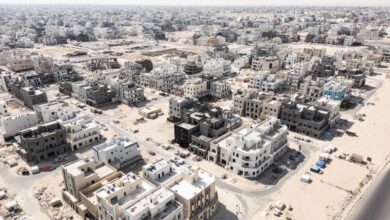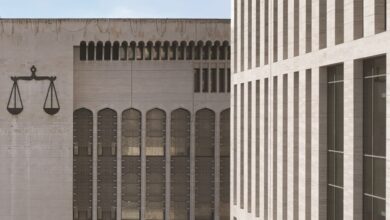Kuwait plans 5 billion dinars sovereign borrowing in 2025–2026 as public debt program advances

As part of Kuwait’s implementation of the Financing and Liquidity Law and revival of its public debt strategy, informed sources revealed that the government is exploring multiple scenarios for sovereign borrowing in fiscal year 2025–2026.
The leading plan proposes raising 5 billion dinars in the first phase—2 billion dinars from the local market and 3 billion dinars from international markets.
This borrowing will fund key development projects included in the current budget. According to Faisal Al-Muzaini, Director of the Public Debt Department at the Ministry of Finance, the full-year borrowing plan may range from 5.3 billion dinars to 9 billion.
The move aims to balance tapping into local banking liquidity while safeguarding financial sector stability, especially in light of upcoming real estate finance laws and broader economic demands, reports Al-Rai daily.
Kuwait sees an opportunity to return to debt markets—local and international—for the first time in eight years, backed by over $1 trillion in assets, low public debt (2.9% of GDP), and high oil revenues.
Global agencies like Moody’s cite Kuwait’s strong net asset position and low debt levels as strengths in managing potential deficits.
The strategy is further supported by Kuwait’s solid credit ratings, enabling the government to borrow at low cost. Decisions on timing and investor selection will depend on market conditions, oil prices, and global risk factors.
Historically, Kuwait began its public debt journey in 1987 with Decree-Law No. 50, adjusting limits over time due to budget pressures and the Iraqi invasion.
The most recent Financing and Liquidity Law, passed in April, authorizes up to 30 billion dinars in borrowing over 50 years, including the use of debt instruments such as Islamic bonds, for the first time in years.













